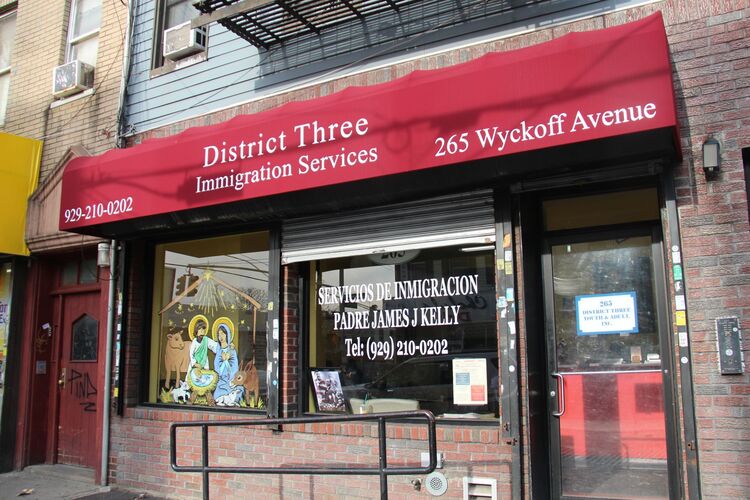A picture of the interior of the Crown Liquor Saloon in Belfast by James Fennell, co-author of "The Irish Pub" with Turtle Bunbury (whose latest book will be featured in the March 11-17 issue of the Irish Echo).
By Geoffrey Cobb
Ireland and Britain have 10s of thousands of pubs, but only one is a landmark: the Crown Liquor Saloon, on Great Victoria Street in the heart of downtown Belfast. It is unique and one of the world’s most beautiful pubs. I have been in hundreds of pubs in my lifetime, but nothing compares to the Crown’ s unique Baroque interior, which feels as much like an Italian church as it does a pub.
Although the pub dates from 1826, it acquired its one-of-a-kind character much later, during the Victorian Age. In 1885, the owner’s son, having just returned from an extended continental visit and deeply impressed with Italian architecture, wanted to remodel the pub, capturing Baroque flamboyance in its design. Fortunately, he was in luck because at the time there were a number of Italian craftsmen in the city building churches. He hired them to moonlight designing the Crown and the result is a pub with a wonderfully eccentric, ecclesiastical feeling. Taking in the quasi-religious pub features and knowing Belfast’s deep piety, you may rightly wonder whether the Crown was really designed as a tongue-in-cheek parody of the churches around it: Presbyterian headquarters is just down the street, and many others churches surround it.
Perhaps some of the local churchmen secretly slipped into the Crown’s most famous feature, its famous snugs - Victorian wooden booths with private doors, stained glass panels carved lions and griffins' heads that are part church pew, part confessional box.The 10 elegant snugs were built with with intricate handcrafted Italian paneling, soft leather seating and even gunmetal plates, once used for striking matches. The snugs, which shield the drinkers inside from prying eyes, were installed to allow Victorian women and upper class drinkers the chance to imbibe anonymously. They were also constructed with bells so that the drinkers could be served without ever having to reveal their identities to anyone but the waiters. Today the snugs are an amazingly cozy way to share a few brews with close friends.
The gorgeous stained glass and the rich mosaics on the floors only add to the church-like ambiance of the pub. Perhaps the very bar itself, topped with red granite, is a parody of a church altar. The gaslights are kept low and the dim light only reinforces the feeling of drinking in some kind of church. Gazing up, the intricately carved ceiling further adds to the sense that you are drinking in a miraculous space.
The pubs very survival, however, is perhaps even more miraculous than its rich Baroque interior. The English poet John Betjeman, fearing that this architectural jewel would be lost, helped to secure its landmark status and the pub was purchased by the National Trust in the 1970s to ensure that future generations could marvel at its unique splendor. The pub survived the bombings of the Troubles, but other pubs were not so lucky. Nearby Robinson’s was destroyed. The Crown sits across from the Europa Hotel, which was bombed five times by the IRA during the Troubles. Each time the Crown suffered heavy damage, but survived. During the Troubles the threat of bombings made drinking in the Crown a risky proposition, but its loyal clientele, both Catholic and Protestant, never abandoned the elegant gin palace.
The pub has been featured in so many films, but none better than the film Noir “Odd Man Out” shot in 1947 and directed by Carol Reed. The film’s main character Johnny McQueen, played by James Mason, hides out in the bar.
Today the Troubles have ended and Belfast has become a major tourist destination. The Crown attracts many of these visitors, but the bar is still a popular place for locals. Reasonably priced pub fare is served upstairs, but having a bite in one of the snugs is an unforgettable experience. Perhaps you will agree with the many who claim that the Crown is Ireland’s most beautiful pub.
Geoffrey Cobb is the author of “The Rise and Fall of the Sugar King: A History of Williamsburg, Brooklyn 1844-1909” and "The King of Greenpoint," a biography of the 20th century New York politician Peter J. McGuinness.







